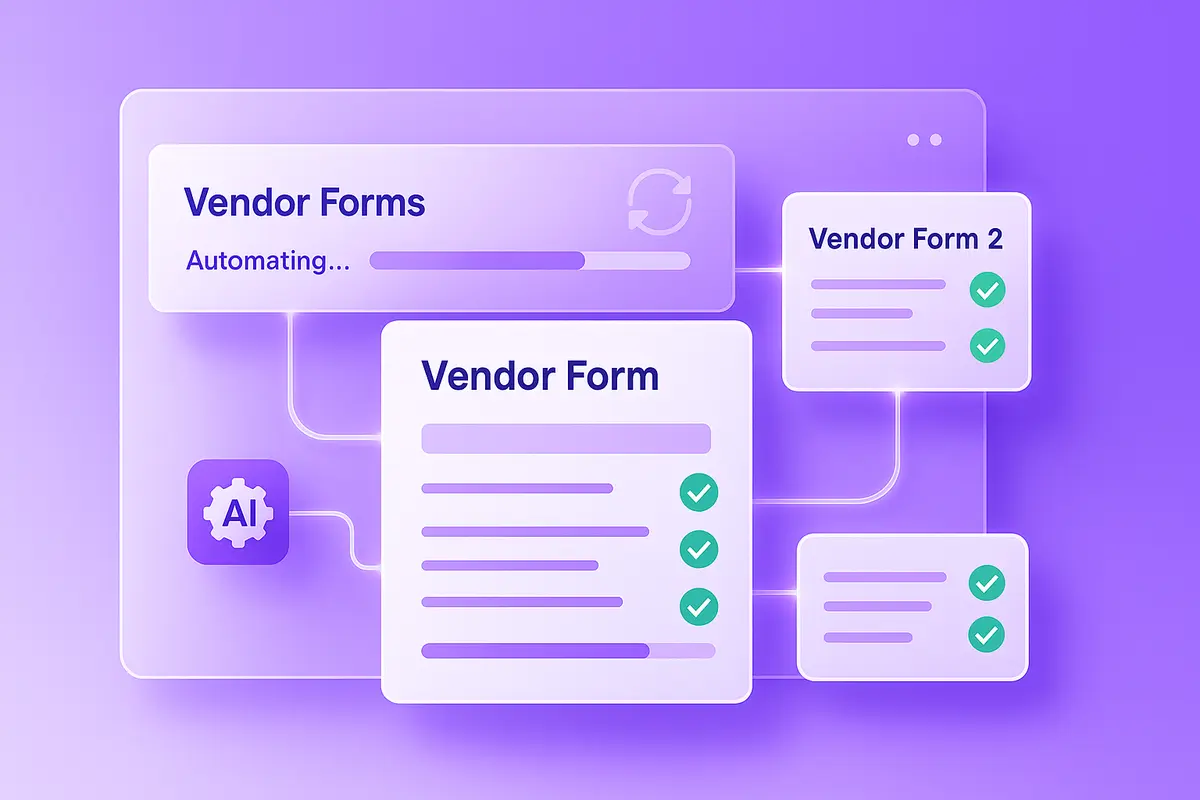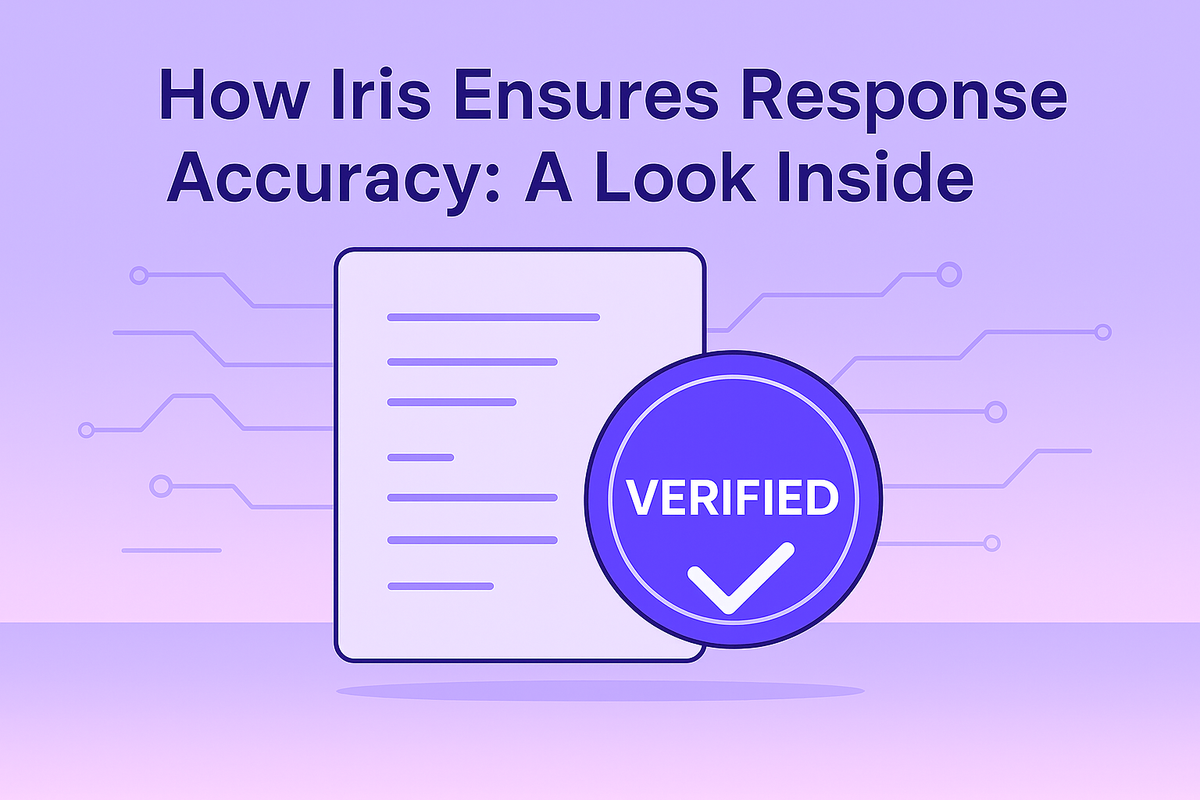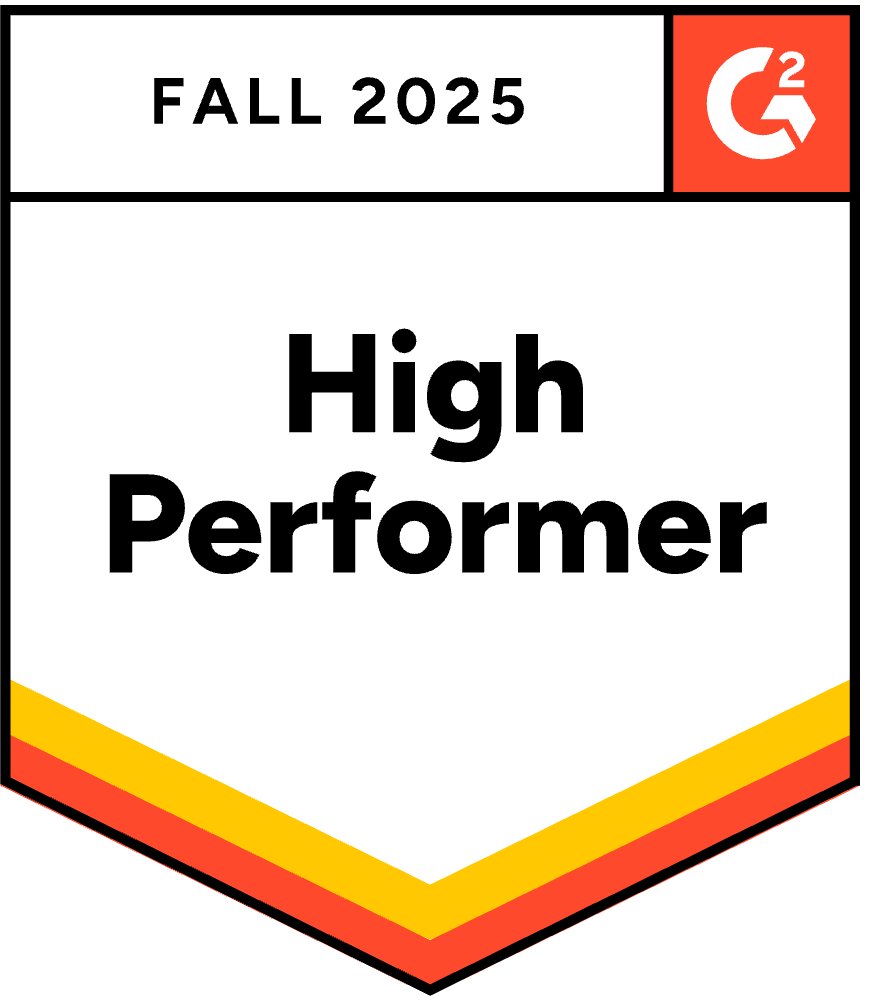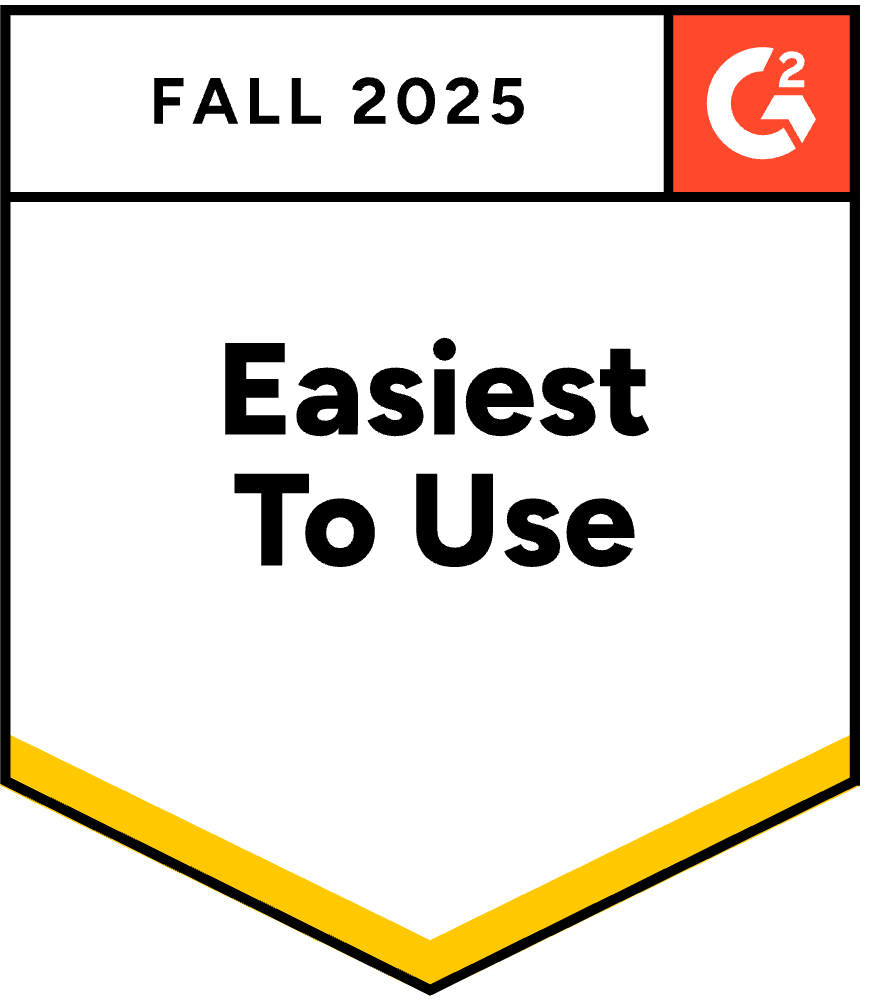RFP vs RFQ: What's the Difference & How to Respond
July 31, 2025
By
Evie Secilmis
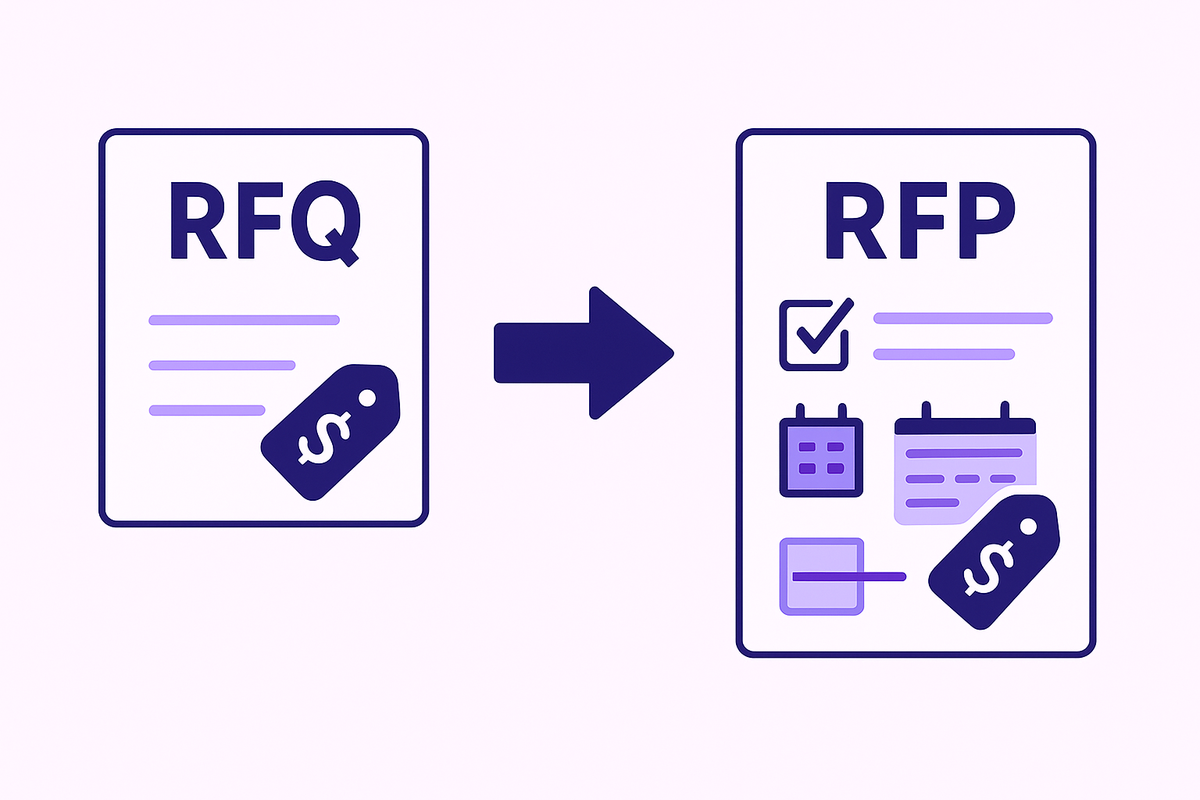
RFP vs RFQ: How to Choose the Right Request
What Is an RFQ (Request for Quote)?
An RFQ is used when specs are clear and fixed, and the decision is primarily price-driven. Ideal for standardized goods/services and fast comparisons.
Include in an RFQ:
- Specifications (models, dimensions, materials)
- Quantities (enables volume pricing)
- Delivery requirements (dates, locations, SLAs)
- Commercial terms (payment, warranty)
When to use: commodity purchases, repeatable services, apples-to-apples vendor comparisons.
→ Template and guidance: What Is an RFQ? Meaning, Use & Sample Template
What Is an RFP (Request for Proposal)?
An RFP is for complex initiatives where you’re evaluating solution quality, approach, implementation, expertise, and price—not just cost.
Include in an RFP:
- Scope, objectives, constraints
- Proposal guidelines (format, deadlines)
- Evaluation criteria (weights for solution, experience, cost)
- Budget expectations (if relevant)
- Company context and stakeholders
When to use: integrations, customization, change management, or where creativity/strategy matters.
→ Foundations and structure: Request for Proposal 101 Guide
RFQ vs RFP (Key Differences)
When to Use Each (Examples)
- Use an RFQ: Buy 200 monitors with known specs and delivery deadline → choose the most cost-effective compliant quote.
- Use an RFP: Implement a CRM with data migration, SSO, training, and support → evaluate methodologies, timelines, team experience, and TCO.
For faster creation and higher consistency, see How to Streamline Proposal Responses with AI.
Writing a Strong RFQ (Checklist)
- Define specs and quantities precisely
- State delivery windows and service levels
- Publish payment/warranty terms
- Shortlist qualified vendors; set a Q&A window
- Use a uniform response format for easy comparison
→ More detail: RFQ Meaning, Use & Sample Template
Writing a Strong RFP (Checklist)
- Clarify goals, success metrics, constraints
- Share tech stack and dependencies
- Provide structure, page limits, and deadlines
- Publish scoring criteria and weights
- Invite questions; share answers to all vendors
→ Deep dive: Request for Proposal 101 Guide
Improve Outcomes (Buyers & Vendors)
- Buyers: Match the document to the job (RFQ for price; RFP for solution). Start upstream: Preliminary Sales: Why It Matters.
- Vendors: Qualify hard, mirror buyer language, and highlight measurable outcomes. Raise your close rate: Maximizing Your RFP Win Rate.
Automate What Slows You Down
Teams use Iris to:
- Auto-answer repeat questions from an approved library
- Collaborate across sales, security, and legal with audit trails
- Keep content current and compliant for RFPs and questionnaires
→ See also: What Is Security Questionnaire Automation?
Share this post
Link copied!




